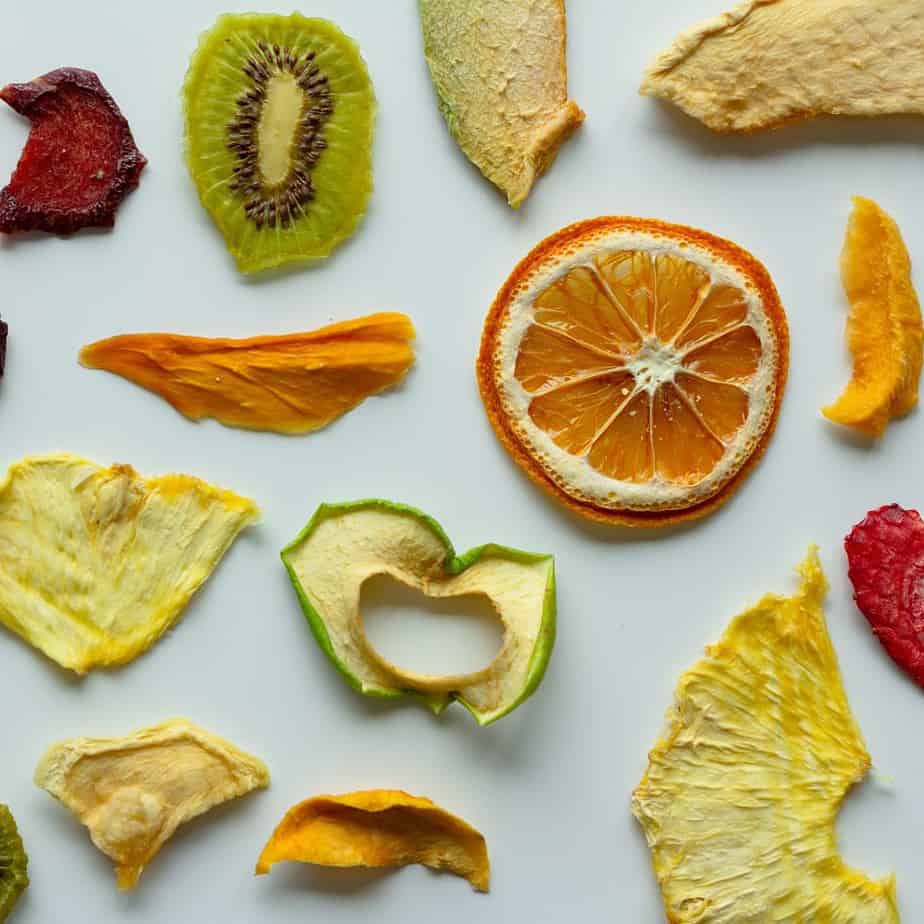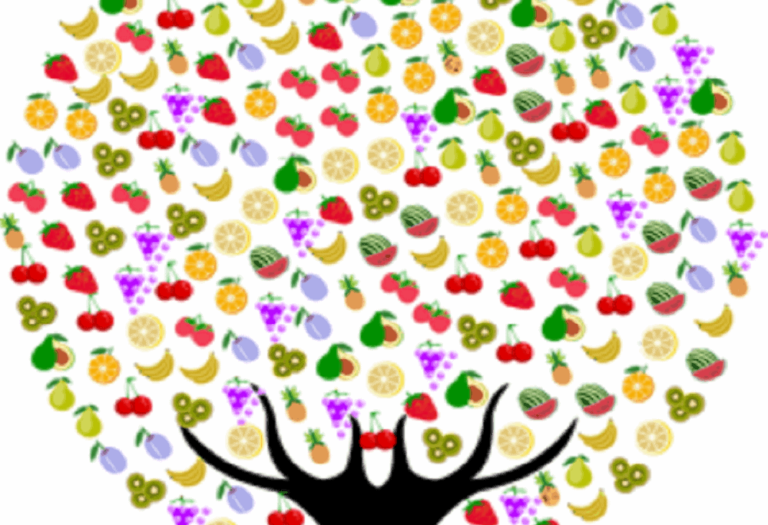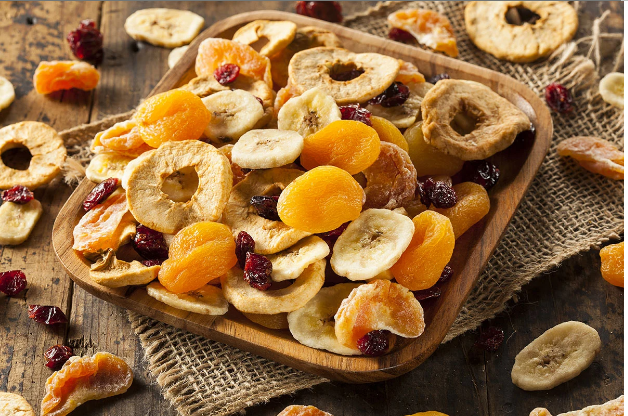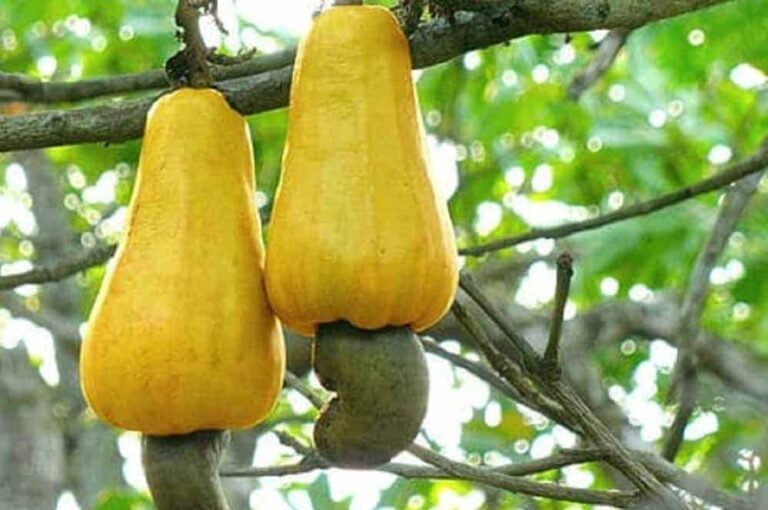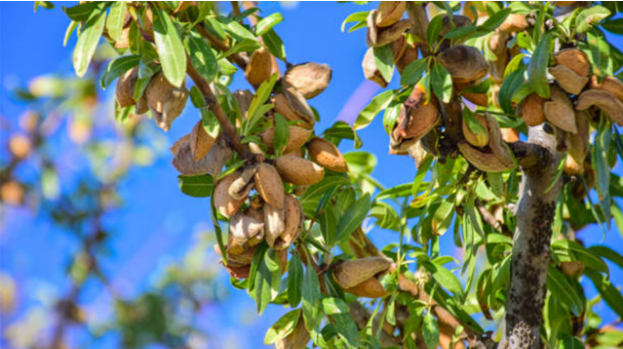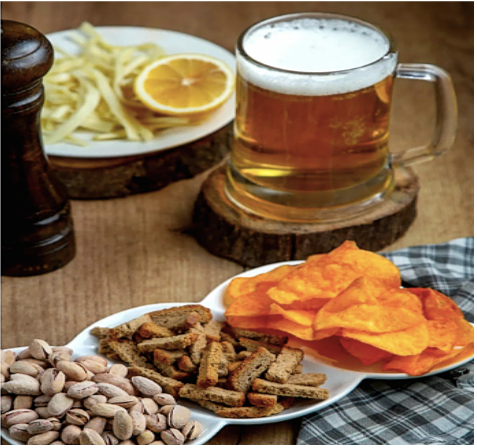Your cart is currently empty!
Climate Change And The Future Of The Fruit Industry
Climate change has become the defining issue of our times. It now affects every aspect of our lives, from how we live and work, to the food we eat. The fruit industry is no exception. As temperatures rise and extreme weather events become more frequent, the way we grow and harvest fruit is rapidly changing. In this article, we’ll explore how climate change impacts the fruit industry and what steps are taken to ensure that it continues to thrive in the future.
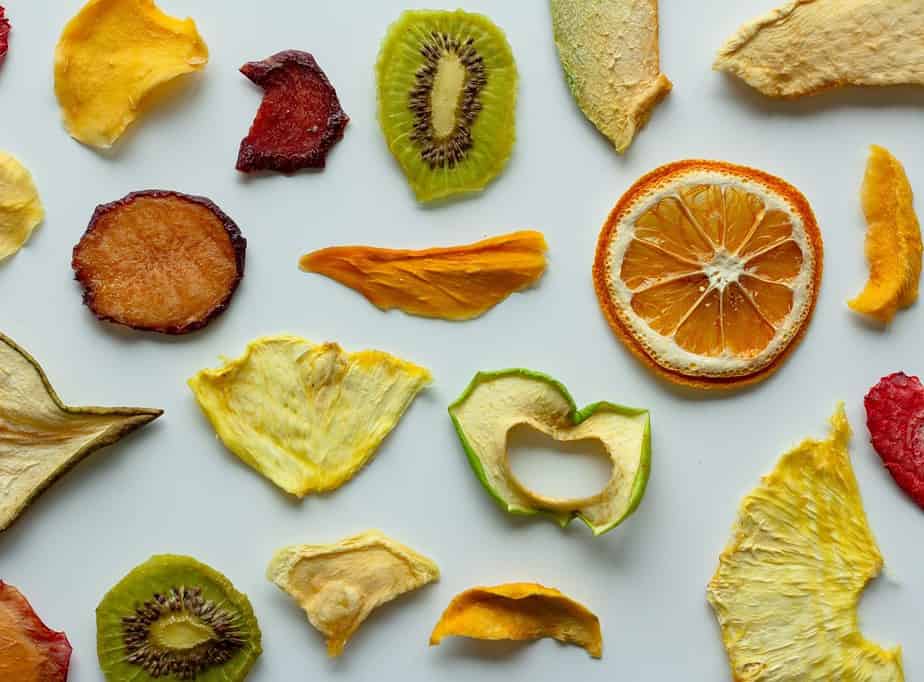
Impact Of Climate Change On Fruit Production
One of the most significant impacts of climate change on fruit production is the increased temperatures. As temperatures rise, certain types of fruit become more vulnerable to heat damage, impacting their quality and shelf life. Additionally, increased heat often leads to reduced crop yields as plants struggle to adapt to the changes in temperature.
Aside from temperature, climate change also impacts fruit production in other ways. As rain patterns shift and become more unpredictable, water availability for crops can become an issue. Countries in some parts of the world are already experiencing water shortages, which can decrease crop yields. In addition, farmers must also contend with an increase in pests and diseases that may be more resilient to existing pesticides.
Climate change also impacts the types of fruit that can be grown in certain areas. As temperatures rise, certain fruits may no longer be able to survive in certain climates, leading to a decrease in the variety of fruits available. The changing climate may also increase invasive species, further reducing crop yields.
How Fruit Growers Are Adapting To Climate Change
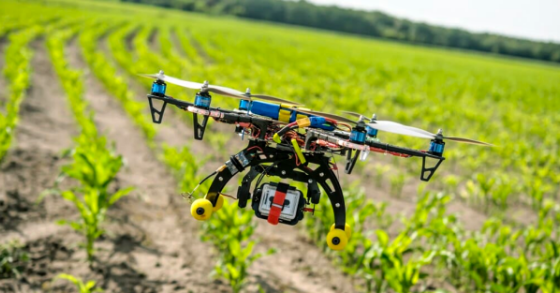
Given the significant impact of climate change on fruit production, many fruit growers have had to adapt their methods to stay competitive. One of the most common strategies is to focus on sustainable farming practices. This includes using fertilizers and pesticides sparingly, conserving water, and implementing soil conservation measures. Additionally, many fruit growers are investing in new technologies, such as greenhouses or hydroponic systems better suited to higher temperatures.
In addition to these strategies, some fruit growers are also experimenting with new varieties of fruit that are more resilient to the effects of climate change. For example, some growers are planting drought-resistant apples, oranges, and other fruits that can withstand higher temperatures and less water. By diversifying their crops, fruit growers can ensure that their farms remain productive and profitable in the face of climate change.
Rising Temperatures And Their Effect On Fruit Quality
As temperatures continue to rise, so does the risk of heat damage to fruits. This can significantly reduce the quality of the fruits, making them less appealing to consumers. Many fruit growers invest in technologies such as shade houses and insulated greenhouses to mitigate this risk to protect their crops from extreme temperatures.
In addition to investing in protective technologies, fruit growers ensure their crops are well-watered and fertilized. This helps ensure that the fruits can withstand the heat and remain high quality. Furthermore, growers are also taking steps to ensure that their crops are harvested at the optimal time, which can help reduce the risk of heat damage.
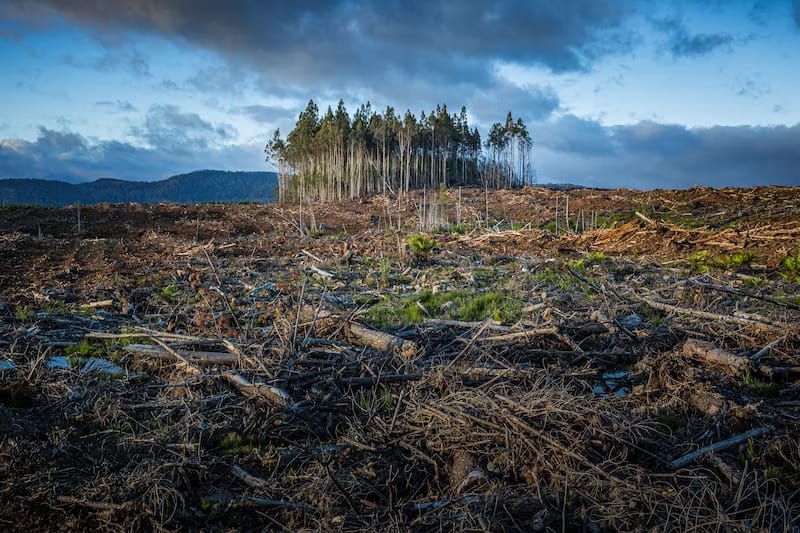
The Danger of Excessive Pesticide Use In A Warmer Climate
Climate change makes it harder for farmers to protect their crops from pests and diseases. As temperatures rise, certain pests become more resilient to existing pesticides. To combat this, many farmers have resorted to using stronger and more toxic pesticides, which can have a damaging effect on the environment. Many farmers are adopting sustainable farming practices such as integrated pest management and biological control to combat this issue.
Integrated pest management is a system of pest control that uses a combination of techniques such as biological control, habitat manipulation, and the use of natural predators to reduce the need for chemical pesticides. Biological control involves using natural predators to control pests, such as ladybugs to control aphids. These methods are not only more sustainable, but they are also more cost-effective in the long run. By using these methods, farmers can reduce their reliance on chemical pesticides and protect the environment from the damaging effects of excessive pesticide use.

The Growing Threat Of Crop Diseases in A Warming World
As temperatures rise, certain crop diseases have become more prevalent. This is particularly true in tropical regions where diseases such as citrus greening can cause significant damage to fruit crops. Many farmers are turning to new technologies, such as genetic engineering, to combat this issue, which can create more resilient crops that can withstand disease better.
The most significant to date is Panama Disease which threatens all worldwide banana crops. Panama Disease can spread among banana plantations very fast. In the 1950s, it caused a great deal of damage. There are varieties of bananas that we have lost entirely due to the spread of Panama Disease.
The Benefits Of Sustainable Farming To Combat Climate Change
Sustainable farming practices can help mitigate some of the negative impacts of climate change on fruit production. These practices can reduce water usage and help minimize soil erosion while reducing the number of fertilizers and pesticides used. Additionally, sustainable farming practices often produce higher-quality fruits more resistant to disease.
Climate Change And Water Availability In The Future Of The Fruit Industry Production
Water availability for fruit production is becoming increasingly pressing as temperatures rise. In some parts of the world, water shortages are already becoming a reality. To mitigate this problem, many farmers are investing in technologies such as drip irrigation systems and rainwater harvesting systems to conserve water and ensure that their crops get the moisture they need.
The Need For New Technologies To Combat Climate Change In The Fruit Industry

New technologies will be key if the fruit industry survives in a changing climate. Scientists are exploring genetic engineering, hydroponics systems, and shade houses as potential solutions. Research into new pest and disease control methods will also be essential. They have already shown a great effect on the Medjool date crops coming out of California.
The Increasing Economic Impact of Climate Change On The Fruit Industry
As climate change continues to have an increasingly negative effect on fruit production, it’s becoming clear that the economic impact will be significant. With the association of higher costs with adapting to a warmer climate, many fruit farmers will face some tough business decisions. Several estimates claim that climate change could cost the global fruit industry billions over the coming years.
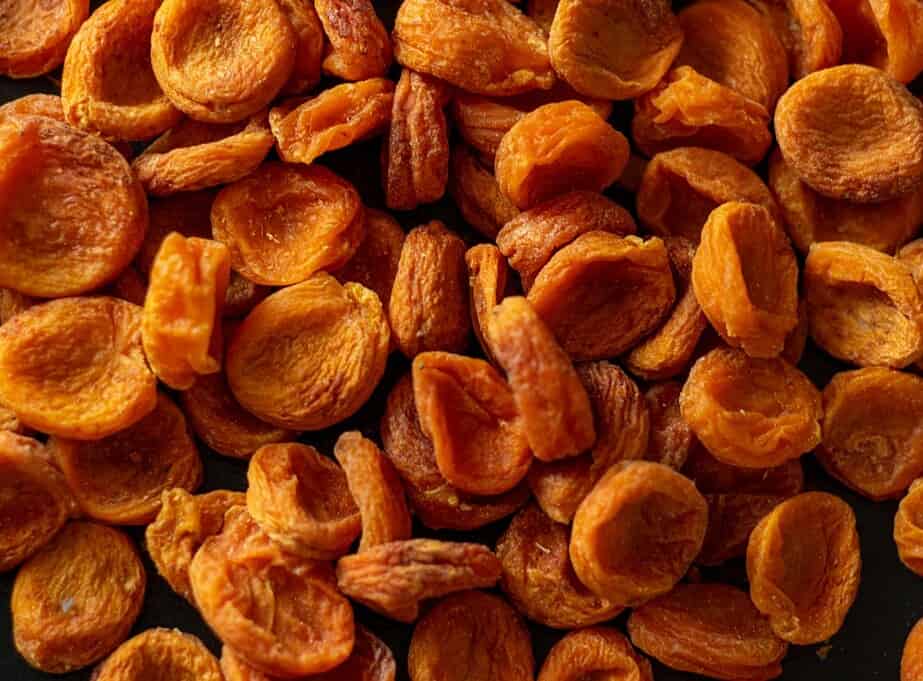
Investing in the Future: How The Fruit Industry Can Adapt To Climate Change
For the fruit industry to survive in a changing climate, investments must be made into new technologies and sustainable farming practices. This includes investing in new infrastructure, such as drip irrigation systems and greenhouses. Also, researching new pest control methods and genetic engineering techniques. Additionally, educating farmers about sustainable farming practices will be essential to ensure a viable future for the global dried fruit industry.
Climate change is now one of the biggest challenges facing the global fruit industry. As temperatures continue to rise, we must take steps now. Therefore, ensuring that this industry can continue to thrive in the future.

